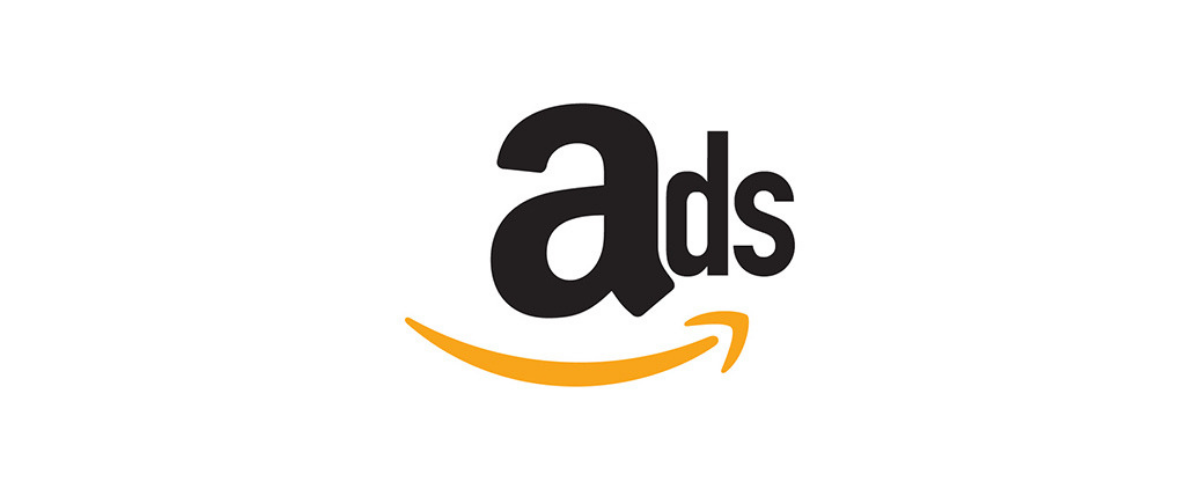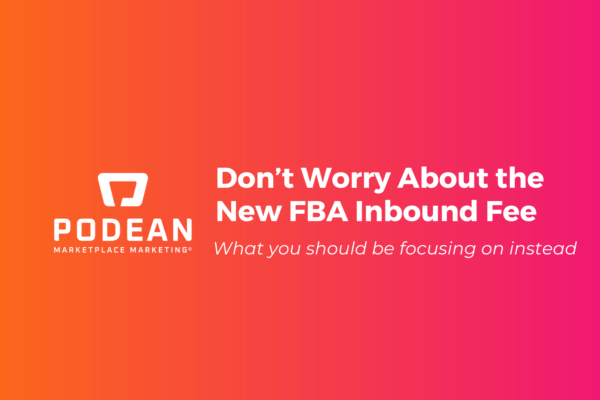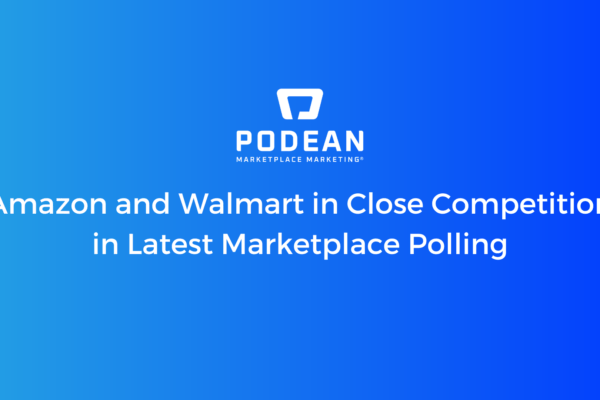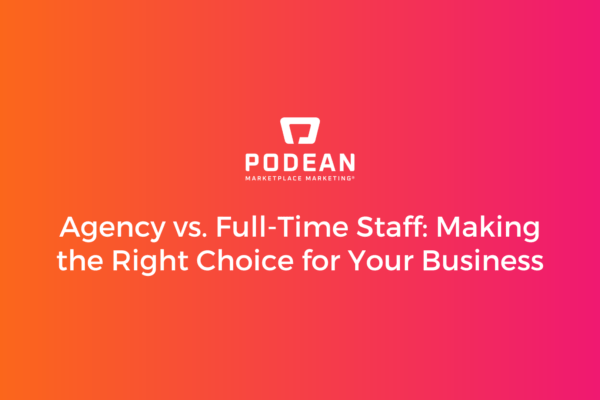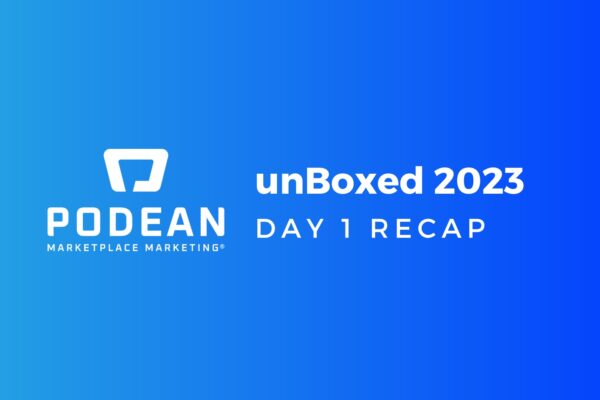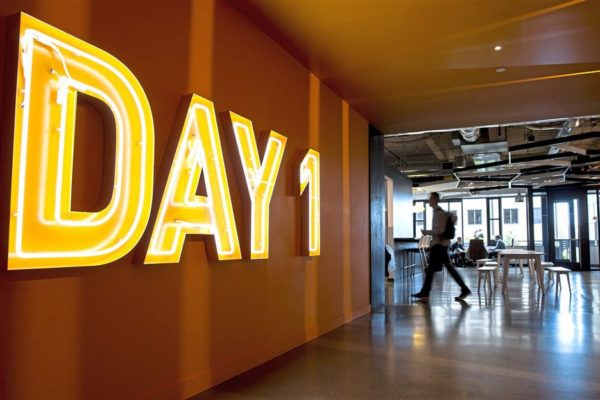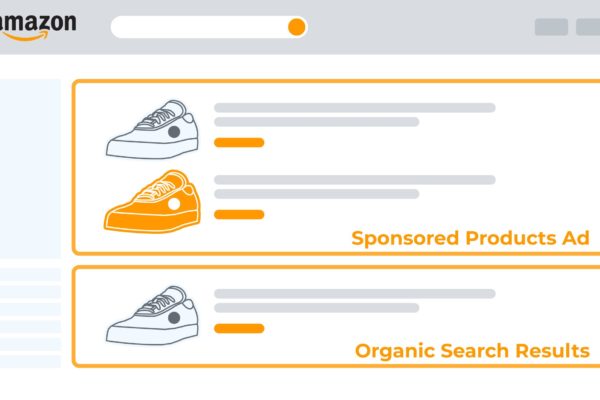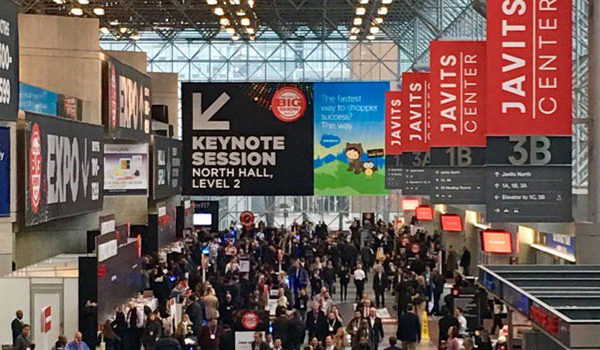In part 2 of this articles, we’ll continue exploring how Amazon has become a powerful advertising giant and is rapidly gaining ground on Google and Facebook in annual marketing revenue, topping $10.1bn in ad revenue for 2018.
2017
As the new year rang in, along with it came new developments like personalized display ads, which drove an average of 23% increase in purchase rates, and Amazon video ads, which helped sellers engage customers in a way that wasn’t doable before.
The idea that this e-retail giant was now bringing in a massive amount of revenue from advertising was surprising to many – advertising drives much of the revenue for other web-based companies, such as Google and Facebook, who charge advertisers to have their content appear on searches and news feeds. But for Amazon to employ a similar strategy by getting paid to advertise for their own “associates” who sell on its site was very intriguing.
Now that the Amazon Advertising revenue was nearly in the billions, it was clear to see that even with an e-commerce site, people will pay a lot of money to reach potential customers, whether those customers were selling products on the site, or not (non-endemic advertisers).
2018
In 2018, Amazon’s ad business reached $2.2 billion of total gross sales in just the first quarter which represented a 129% yearly increase, which Amazon projects will continue to grow.
In February 2018, Amazon Advertising introduced recommendations and automated notifications for Sponsored Products (SP) and consolidated key-performance metrics into a single, accessible interface for Amazon sellers to use.
One major change that reared its head for Amazon Advertising in 2018 was the rebrand and repositioning of its media, marketing, and advertising branches, forming one united “Amazon Advertising” for the first time.
Amazon released an announcement that stated “We are excited to announce that from now on we are simply Amazon Advertising. With this, we are retiring the names Amazon Media Group (AMG), Amazon Marketing Services (AMS), and Amazon Advertising Platform (AAP). You’ll see this change on our website and in simplified product names that reflect this unified brand and the direction of our business.”
Some of the more notable feature name changes are:
- Headline Search Ads are now called Sponsored Brands
- Amazon Advertising Platform is now Amazon DSP
- Amazon Marketing Services is now called Advertising Console
All of this change was made in efforts to simplify and streamline the advertising process with Amazon.
2019
In its 2018 4th quarter results, Amazon announced that it brought in $10.1 billion of advertising revenue for 2018. At the current rate of growth, Amazon Advertising could likely reach $20 billion in 2019.
The fact is, advertising has always been a big-money space, but how did Amazon suddenly spring into being the third largest player in the advertising field? It all comes down to vision and management; the way that Amazon continues to drum up ingenious ways to stay relevant and to cultivate growth is inspiring.
Amazon has a broad footprint and unique data that is the envy of Google and Facebook.
Jeff Bezos and his team have a strategy when it comes to managing every aspect of their business, it’s called the flywheel, and it is what helped shape the massive e-retail powerhouse into what it is today.
Showing no signs of slowing down, and remaining ever relevant and customer-focused, Amazon stock continues to rise, and Amazon Advertising and its high margins has a lot to do with it!
More News Posts
Don’t Worry About the New Amazon Inbound FBA Fee
Spoiler alert - The new inbound and FBA fees aren’t…
Amazon and Walmart in Close Competition in Latest Marketplace Polling
In the ever-evolving landscape of retail giants, Amazon, Walmart, and…
Agency vs. Full-Time Staff: Making the Right Choice for Your Business
As businesses grow and scale, the inevitable dilemma arises: do…
Podean’s unBoxed 2023 Recap: Day 1
unBoxed 2023 is officially underway and what an exciting day…
How to Launch a New Agency by Using Fancy Buzzwords
Every now and then, we hear noise in our industry…
Alexa – The Ultimate Trojan Horse?
Amazon typically keeps its numbers close its chest. But exactly…
Amazon or your DNA: What knows you better?
As marketers, we spend a lot of time trying to…
Amazon Explained – The Day 1 Mentality
Amazon CEO Jeff Bezos has always been a strong proponent…
A Beginner’s Guide to Sponsored Products
Podean’s Amazon Explained Series delivers insights into the drivers of…
Amazon Explained – The Flywheel
Podean’s Amazon Explained Series delivers insights into the drivers of…
Top 10 Must-Attend Amazon & E-commerce Events
Insights from the Podean Marketplace Intelligence Team It can be…
Amazon Selling 101: Top 20 Tips for Selling on Amazon (1-10)
Insights from the Podean Marketplace Intelligence Team What are some…
Amazon Selling 101: Top 20 Tips for Selling on Amazon (11-20)
Insights from the Podean Marketplace Intelligence Team Most people think…
Amazon Explained: What is the Amazon “Narrative”?
In Jeff Bezos’ letters to shareholders he often mentions how…





